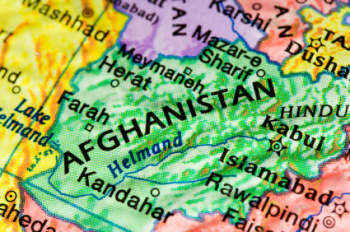Over the weekend, a UN report revealed that civilian deaths in Afghanistan had once again hit a record high for the duration of the war. The largest increase was among Afghan security forces, who killed 28% more than they’d killed the previous year.
 US strikes were on the rise too, however, with NATO occupation forces overall causing a 9% increase in civilian deaths, and the US rate of civilian deaths spiking to one in every four airstrikes, the highest level among US warplanes since 2008.
US strikes were on the rise too, however, with NATO occupation forces overall causing a 9% increase in civilian deaths, and the US rate of civilian deaths spiking to one in every four airstrikes, the highest level among US warplanes since 2008.
In 2009, the US occupation forces installed Gen. Stanley McChrystal as their leader, and McChrystal imposed a series of new restrictions designed to reduce civilian casualties, arguing those deaths were creating more enemies. After McChrystal’s replacement, some of those restrictions were lifted in the name of improving troop morale, but it is only now that the rate of civilian deaths is back to the bad old days.
The increase in civilian deaths in US airstrikes by volume can be virtually wholly attributed to a single incident in November, when a US warplane attacked a Doctors Without Borders (MSF) hospital, killing a large number of civilians within.


